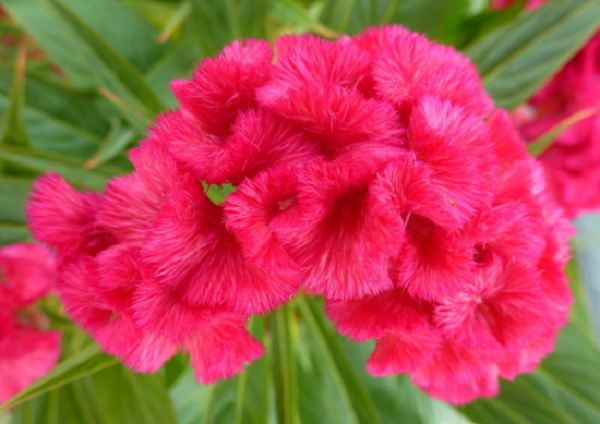What damage can high and low temperatures do to flowers?

Although the appropriate high temperature can promote the growth of flowers, when the temperature exceeds the maximum limit that certain flowers can bear, it will harm this kind of flowers, hinder their growth and development, dwarf plants, and cause local burns on leaves and stems. the number of flowers is reduced and the florescence is shortened. Leaves are the most sensitive to high temperature, and the leaf temperature can be more than 10 ℃ higher than the air temperature under strong light, so it is the most vulnerable at high temperature. Flowers are also vulnerable to high temperature during the flowering and fruiting period.
High temperature mainly destroys the balance between photosynthesis and respiration of flowers, which makes respiration greater than photosynthesis, leading to plant growth weakness and affecting flowering and fruiting. High temperature can also strengthen transpiration, destroy water balance, and make flowers wilt and wither and die.
In addition, high temperature is usually associated with strong light and drought, resulting in complex physiological diseases.
The damage of low temperature to flowers can be divided into three types: cold injury, frost injury and frost injury.
Cold injury, also known as cold injury, refers to the harm of low temperature above 0 ℃ to warm-loving flowers. The injured flowers are mainly native to tropical or subtropical flowers. The most common symptoms of cold injury are discoloration, necrosis and spots on the surface, woody flowers will also appear bud withered, top withered, broken skin glue and fallen leaves and other phenomena.
When the air temperature or surface temperature drops to 0 ℃, the water vapor in the air condenses into white ice crystals-frost, which damages flowers and plants due to the appearance of frost, which is called frost damage. After the flowers suffered frost damage, the damaged leaves became waterlogged, softened and wilted after deicing, and soon fell off. The young buds of woody flowers turn black after being damaged, the flower organs are water-stained, and the petals change color and fall off.
When the temperature drops further, causing the temperature of the body fluid of some flower plants to drop below the freezing point, the freezing of the intercellular space will cause frost injury. Freezing injury often freezes herbaceous flowers to death, causing some woody flowers to freeze and crack their bark, wither branches or hurt their roots.
Flowers are damaged by low temperature, in addition to the external temperature factors, but also depends on the ability of flower varieties to resist low temperature, the same variety in different stages of development, the ability to resist low temperature is also different. The resistance was the strongest in the dormant stage, the middle in the vegetative growth stage and the weakest in the reproductive stage.
Related
- What if the leaves of potted flowers turn yellow?
- Florescence Control of several Flowers
- Anti-freezing technology and post-freezing nursing technology of flowers
- What is the classification of flowers? What are the common methods of flower classification?
- Prevention and control of alkali and acid damage of flowers in courtyard
- Technology of Anti-freezing and restoring growth of Flower seedlings in greenhouse and greenhouse
- How does flower fertilization not hurt the root? Fertilization technology of flowers
- Key points of disinfection in flower greenhouse
- Several pesticides that are banned or used cautiously in flowers
- How to fertilize the flowers that watch the leaves?


